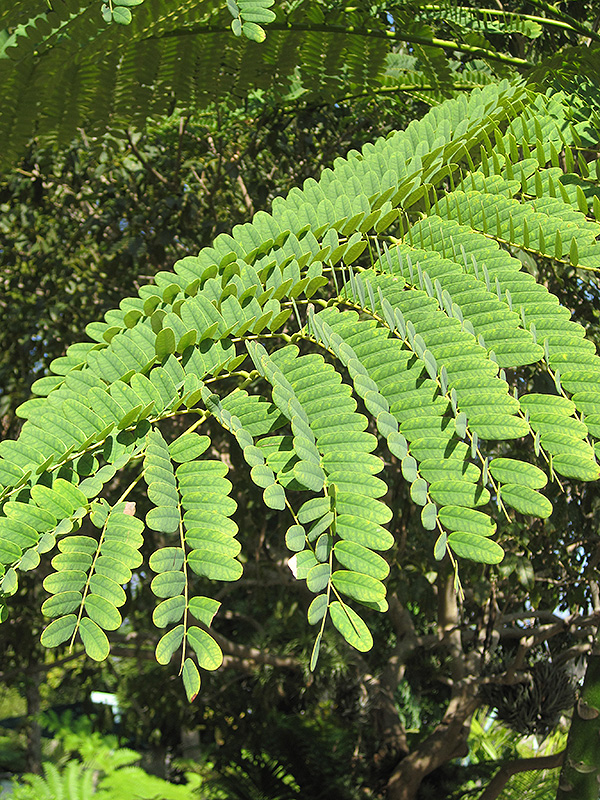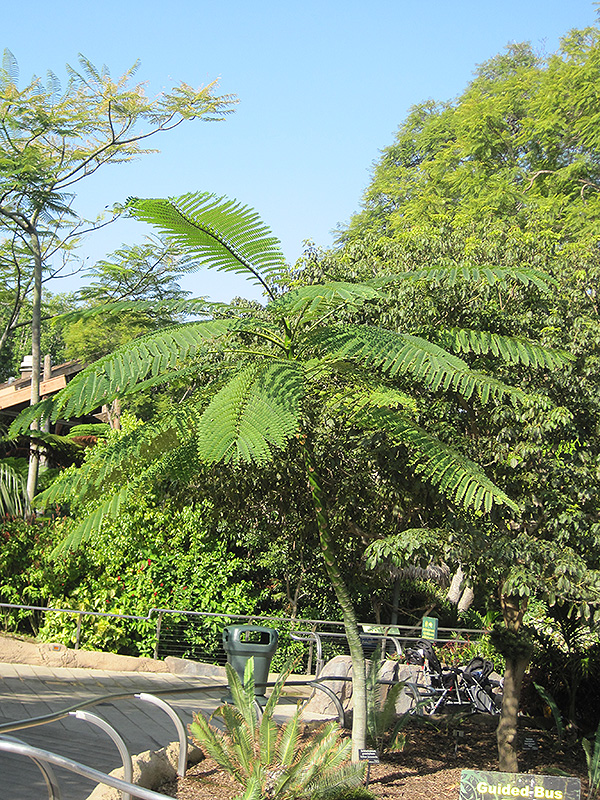Plant Finder
Height: 60 feet
Spread: 40 feet
Sunlight:
![]()
Hardiness Zone: 9a
Other Names: Brazilian Fire Tree, Tower Tree, S. parahyba
Description:
A spectacular, fast-growing tree with large feathery leaves and stunning yellow flowers; leaves drop in the dry heat of summer, just before blooming; grows quite tall, eventually forming a lovely overhead canopy; tolerates light frost
Ornamental Features
Brazilian Fern Tree features showy clusters of yellow flowers at the ends of the branches in mid summer. It has attractive green deciduous foliage. The oval bipinnately compound leaves are highly ornamental but do not develop any appreciable fall color. The smooth grayish green bark is extremely showy and adds significant winter interest.
Landscape Attributes
Brazilian Fern Tree is a deciduous tree with an upright spreading habit of growth. It lends an extremely fine and delicate texture to the landscape composition which can make it a great accent feature on this basis alone.
This tree will require occasional maintenance and upkeep, and usually looks its best without pruning, although it will tolerate pruning. It is a good choice for attracting bees and butterflies to your yard. It has no significant negative characteristics.
Brazilian Fern Tree is recommended for the following landscape applications;
- Accent
- Shade
Planting & Growing
Brazilian Fern Tree will grow to be about 60 feet tall at maturity, with a spread of 40 feet. It has a high canopy of foliage that sits well above the ground, and should not be planted underneath power lines. As it matures, the lower branches of this tree can be strategically removed to create a high enough canopy to support unobstructed human traffic underneath. It grows at a fast rate, and under ideal conditions can be expected to live for approximately 25 years.
This tree should only be grown in full sunlight. It does best in average to evenly moist conditions, but will not tolerate standing water. It is not particular as to soil pH, but grows best in rich soils. It is somewhat tolerant of urban pollution. This species is not originally from North America.





